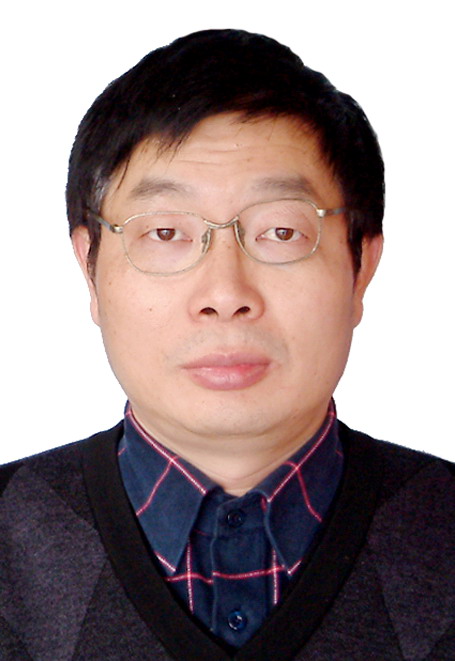The diode has a capacitive effect. Its capacitance includes a barrier capacitance CB and a diffusion capacitance CD.
1. Barrier capacitance CB(Cr)
The conductive carrier is absent in the PN junction, and its conductivity is very low, which is equivalent to the medium; and the P and N regions on both sides of the PN junction have high conductivity, which is equivalent to a metal conductor. From this structure, the PN junction is equivalent to a capacitor.
In fact, when a forward voltage is applied across the PN junction, the PN junction is narrowed, and the amount of space charge in the junction is reduced, which is equivalent to the capacitance "discharge". When a reverse voltage is applied across the PN junction, the PN junction is widened. The amount of space charge increases, which is equivalent to the capacitor "charging". This phenomenon can be simulated with a capacitor called a barrier capacitor. The difference between a barrier capacitance and a normal capacitor is that its capacitance is not constant, but is related to the applied voltage. When the applied reverse voltage increases, the barrier capacitance decreases; when the reverse voltage decreases, the barrier capacitance increases. The widely used varactor diodes are made by utilizing the characteristics of the PN junction capacitance as a function of the applied voltage.
2. Diffusion capacitor CD
When the PN junction is forward biased, electrons in the N region diffuse into the P region, and a certain concentration distribution of unbalanced carriers is formed in the P region, that is, the concentration near the PN junction side is high, and the concentration away from the PN junction is low. Obviously, electrons are accumulated in the P region, that is, a certain amount of negative charges are stored; likewise, holes are accumulated in the N region, that is, a certain number of positive charges are stored. When the forward voltage is increased, the diffusion is enhanced, and the number of electrons diffused from the N region to the P region and the number of holes diffused from the P region to the N region are increased, so that charge accumulation is formed in the two regions, which is equivalent. For the charging of the capacitor. On the contrary, when the forward voltage is decreased, the diffusion is weakened, that is, the number of electrons diffused from the N region to the P region and the number of holes diffused from the P region to the N region are reduced, resulting in a decrease in charge in the two regions, which is equivalent to The capacitor is discharged. Therefore, it can be simulated with a capacitor called a diffusion capacitor.
In summary, the diode exhibits two types of capacitance, and its total capacitance Cj is equivalent to the parallel connection of the two, that is, Cj=CB+CD. When the diode is forward biased, the diffusion capacitance is much larger than the barrier capacitance Cj≈CD; when reverse biased, the diffusion capacitance can be neglected, and the barrier capacitance plays a major role, Cj≈CB.
















